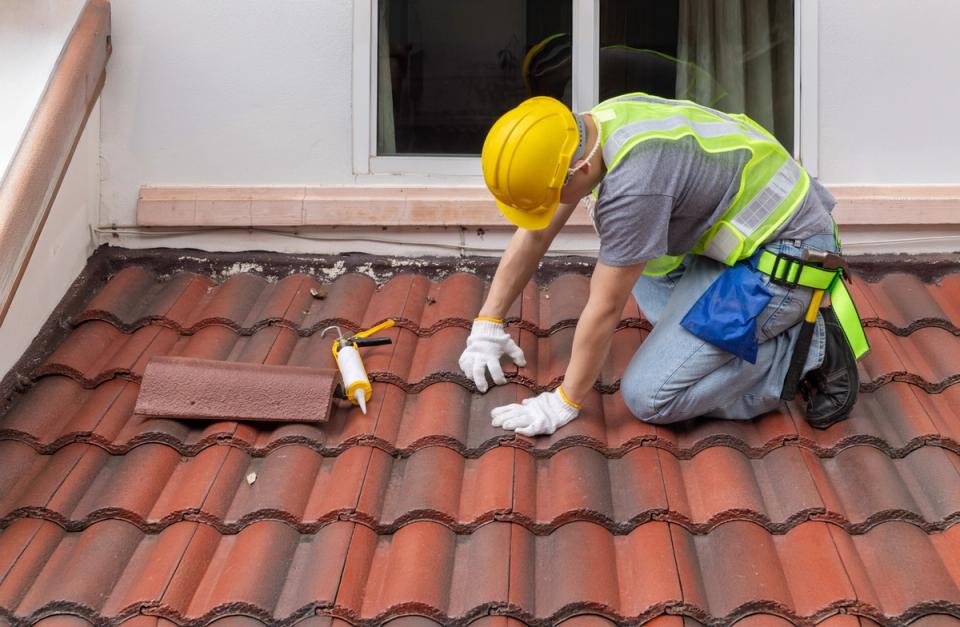
A durable, weatherproof roof is essential for homes located in regions that experience extreme weather conditions. From heavy rain and snow to high winds and scorching heat, the right roofing material can significantly impact a home’s longevity and energy efficiency. Homeowners must consider durability, insulation, and resistance to harsh weather when selecting the best roofing solution for their climate.
This article explores the best roofing materials for extreme climates, their benefits, and factors to consider when investing in a weather-resistant roof.
Factors to Consider When Choosing a Weatherproof Roof
When selecting a roofing material for harsh climates, several key factors play a role in its performance and longevity:
- Durability: A strong, impact-resistant material can withstand heavy storms, hail, and high winds.
- Water Resistance: Proper sealing and material composition prevent leaks and water damage.
- Insulation and Energy Efficiency: Roofing materials that provide thermal insulation help regulate indoor temperatures.
- Maintenance Requirements: Some roofing materials require regular upkeep to maintain their weatherproof qualities.
- Cost vs. Longevity: A higher upfront cost may be justified by long-term savings in repairs and energy efficiency.
Best Roofing Materials for Harsh Climates
Metal Roofing
- Ideal for: High winds, heavy snow, extreme temperatures
- Benefits:
- Highly durable, lasting 40–70 years
- Resistant to fire, wind, and moisture
- Reflects heat, improving energy efficiency
- Considerations:
- Higher initial cost than asphalt shingles
- Can be noisy during rain or hailstorms
Metal roofing is an excellent choice for regions with heavy snow and strong winds. Its smooth surface allows snow to slide off, preventing excessive buildup and structural stress. Additionally, its resistance to rust and corrosion makes it a long-lasting investment.
Asphalt Shingles (Impact-Resistant Variants)
- Ideal for: Moderate climates with occasional storms
- Benefits:
- Affordable and widely available
- Certain impact-resistant types can withstand hail and heavy rain
- Moderate lifespan of 20–30 years
- Considerations:
- Prone to damage in extreme weather if not impact-rated
- Requires periodic maintenance
Impact-resistant asphalt shingles provide an economical option for homeowners who want additional protection without the higher cost of premium materials. However, standard asphalt shingles may not hold up as well in prolonged extreme conditions.
Clay and Concrete Tiles
- Ideal for: Hot, dry climates and areas prone to wildfires
- Benefits:
- Excellent durability, lasting 50–100 years
- Fire-resistant and able to withstand high temperatures
- Low maintenance requirements
- Considerations:
- Heavy material requires reinforced roof structures
- Higher upfront cost compared to asphalt shingles
Clay and concrete tiles are highly effective in warm regions, reflecting heat and keeping interiors cooler. Their weight makes them resistant to strong winds, but homeowners must ensure their roof structure can support them.
Slate Roofing
- Ideal for: Cold, snowy, or wet climates
- Benefits:
- Incredibly durable, with a lifespan of 75–200 years
- Resistant to moisture, mold, and temperature fluctuations
- Provides a classic, elegant appearance
- Considerations:
- One of the most expensive roofing materials
- Requires specialized installation
Slate roofing is one of the most long-lasting and weatherproof options available. It is highly resistant to snow, ice, and heavy rain, making it ideal for homes in colder climates. However, its weight and high cost require careful planning.
Synthetic Roofing Materials
- Ideal for: All climates, with specialized variants for specific conditions
- Benefits:
- Lightweight and versatile
- Designed to mimic the appearance of natural materials
- Impact-resistant and durable, lasting 40–60 years
- Considerations:
- Quality varies by manufacturer
- May fade over time with prolonged sun exposure
Synthetic roofing, including composite shingles and rubberized materials, offers a modern alternative to traditional materials. Many synthetic options are engineered to be highly resistant to impact, moisture, and UV exposure.
Additional Weatherproofing Measures
Beyond choosing the right material, homeowners can further enhance their roof’s weather resistance with additional measures:
- Proper Insulation and Ventilation: Helps regulate temperature and prevents ice dams in colder climates.
- Sealed Flashing and Underlayment: Provides extra layers of moisture protection.
- Impact-Resistant Coatings: Adds durability against hail and debris.
- Regular Roof Inspections: Identifies potential vulnerabilities before they lead to major damage.
Signs That Your Roof Needs Weatherproofing or Replacement
Homeowners should be aware of the signs that indicate their roof may need reinforcement or replacement:
- Frequent leaks or water damage inside the home
- Missing or damaged shingles/tiles after storms
- Sagging areas that suggest structural weakening
- Excessive mold, moss, or algae growth
- Higher energy bills due to poor insulation
If any of these issues are present, consulting a roofing professional can help determine the best course of action.
Making the Right Investment in Weatherproof Roofing
Selecting a roofing material designed for extreme climates ensures long-term protection against the elements. Metal, tile, slate, and synthetic options offer durability and resistance, while additional weatherproofing measures can further enhance performance. By investing in the right roofing material and proactive maintenance, homeowners can ensure long-term protection, energy efficiency, and peace of mind.
For those considering a roofing upgrade, consulting a professional can provide tailored recommendations based on climate, budget, and home structure. Requesting estimates from reputable contractors will help homeowners make an informed decision that safeguards their property for years to come.